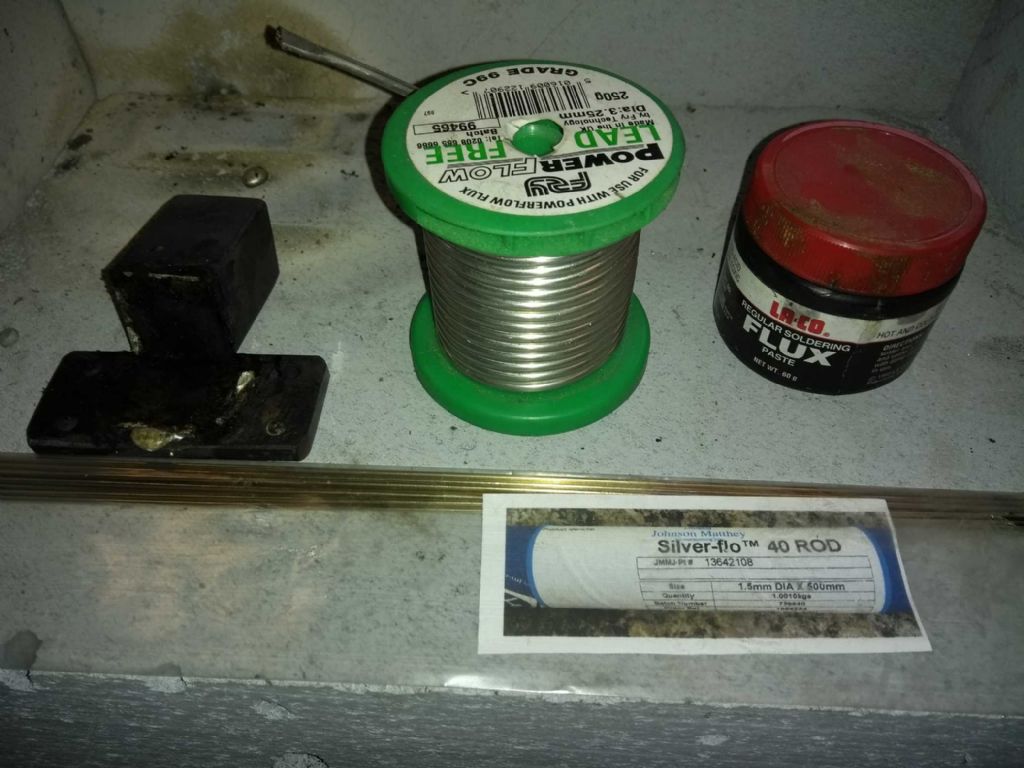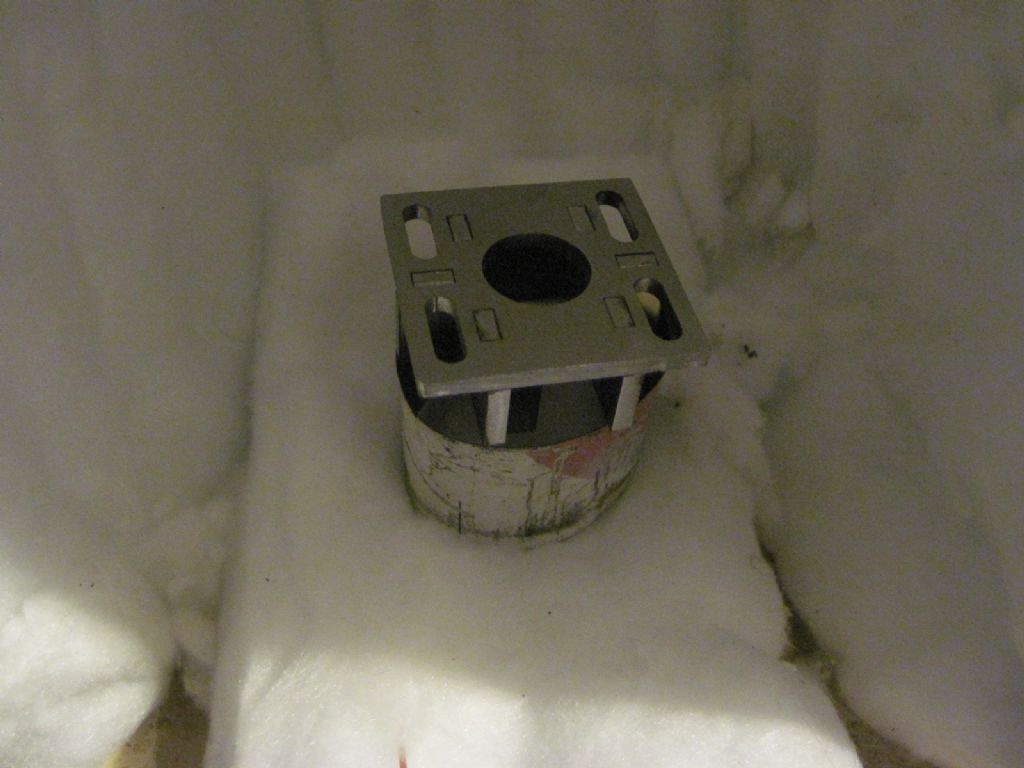My only qualification for offering suggestions is that I had trouble too. There are a few things to get right and it pays to tick all the boxes. I think silver soldering and brazing is much easier to do when you have plenty of heat from a powerful torch. I make do with the cartridge kind, but they are relatively limited.
It's easy to use the wrong sort of firebrick for the hearth. There's a type designed to soak up and retain heat. Heavy, dark and solid. Mine came from a night storage heater. They resist flame extremely well but you probably don't want to use them because they can eat all the heat a small blowlamp can throw at them. Only after you've fully heated a hearth made of these can you start soldering! The other type of firebrick is intended to insulate. Various materials, but typically light weight, whitish and soft. They reflect rather than absorb heat so more of it concentrates on the metal.
To maximise heat from a smallish torch, I find it best to shield the job inside a kind of insulating oven structure made of insulating firebrick with an insulating floor. It has front and side walls and a bit of a roof, leaving just enough access to comfortably access the job. Nothing special or permanent about it – a few loose insulating bricks arranged to suit. You need a lot more heat on an open hearth than a shielded one.
Flux, metal and solder all have to be compatible – see CuP Alloys advice. Flux moistened rather than wet.
In my experience small DIY blowlamps are a bit underpowered for your lump of metal, but I've used the next size up successfully on that size. I experimented with two small torches and found it didn't help – time wasted faffing with two heat sources spoiled the joint. Someone more skilled might have done better. Butane torches produce more heat than propane.
Practice, practice…
Another mistake I made was not setting the hearth up so it was comfortable to work with. To reduce the fire risk and shelter the flame I built it low and had to sit on the floor to use it. Not smart. I did far better set up outside at waist height on a still day with plenty of room and no distractions. Getting hot quickly and applying solder at just the right moment is important – no dithering. When soldering works properly it's easy. With limited equipment and skills it can be a pig.
Dave
Edited By SillyOldDuffer on 11/12/2018 16:07:48
mechman48.






